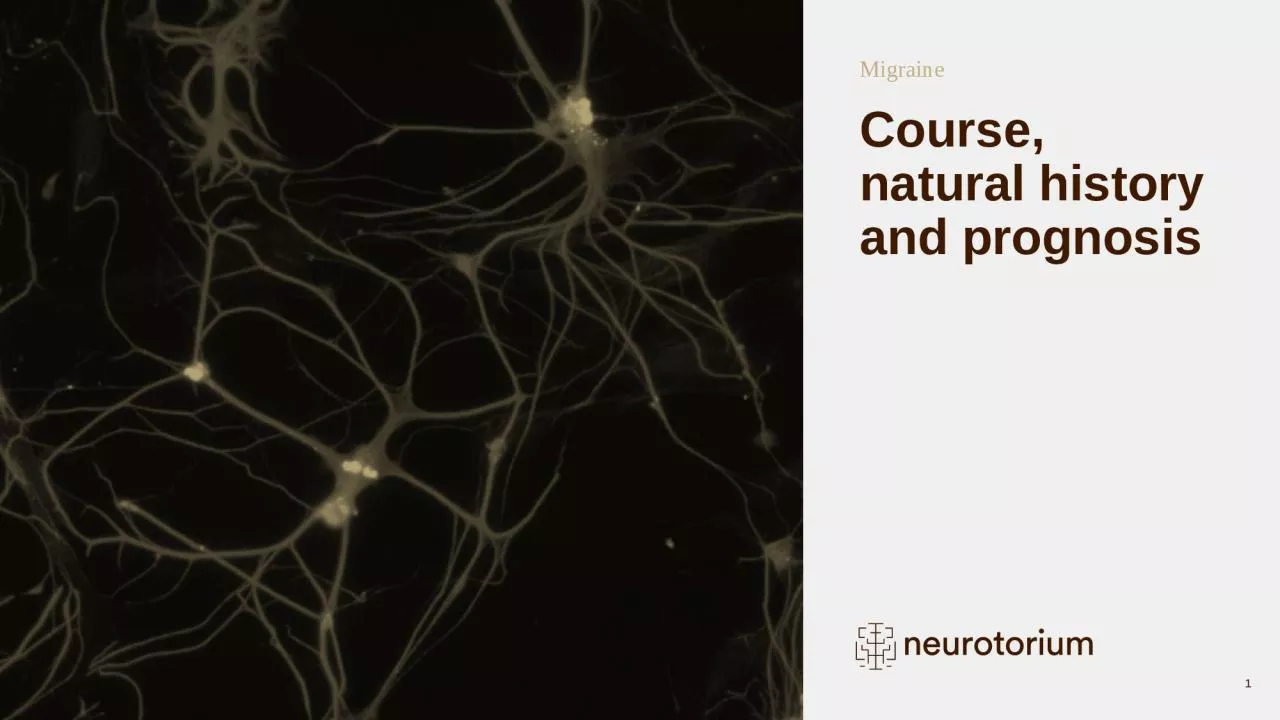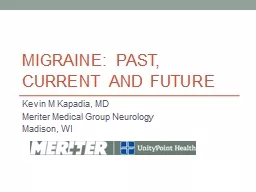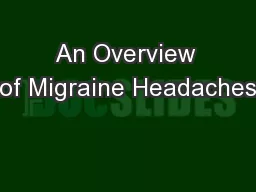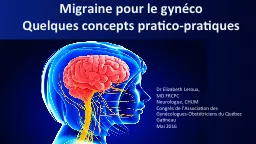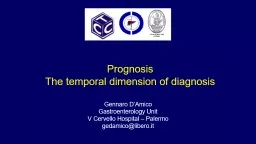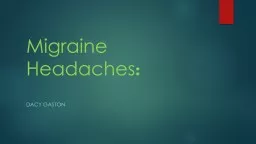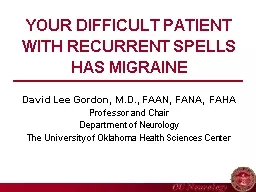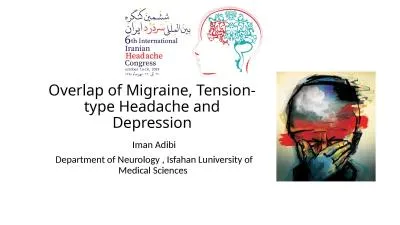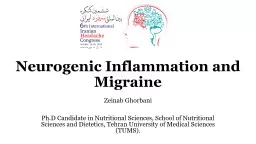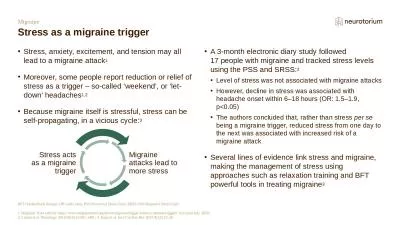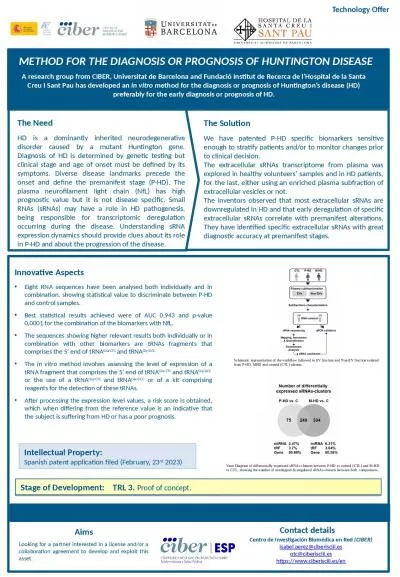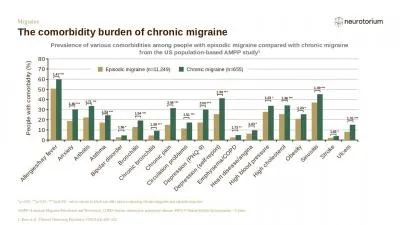PPT-1 Migraine Course, natural history and prognosis
Author : freya | Published Date : 2023-05-29
Migraine without aura 5 attacks lasting 472 hours when untreated 2 of the following Unilateral location Pulsating quality Moderatetosevere pain Aggravation
Presentation Embed Code
Download Presentation
Download Presentation The PPT/PDF document "1 Migraine Course, natural history and p..." is the property of its rightful owner. Permission is granted to download and print the materials on this website for personal, non-commercial use only, and to display it on your personal computer provided you do not modify the materials and that you retain all copyright notices contained in the materials. By downloading content from our website, you accept the terms of this agreement.
1 Migraine Course, natural history and prognosis: Transcript
Download Rules Of Document
"1 Migraine Course, natural history and prognosis"The content belongs to its owner. You may download and print it for personal use, without modification, and keep all copyright notices. By downloading, you agree to these terms.
Related Documents

